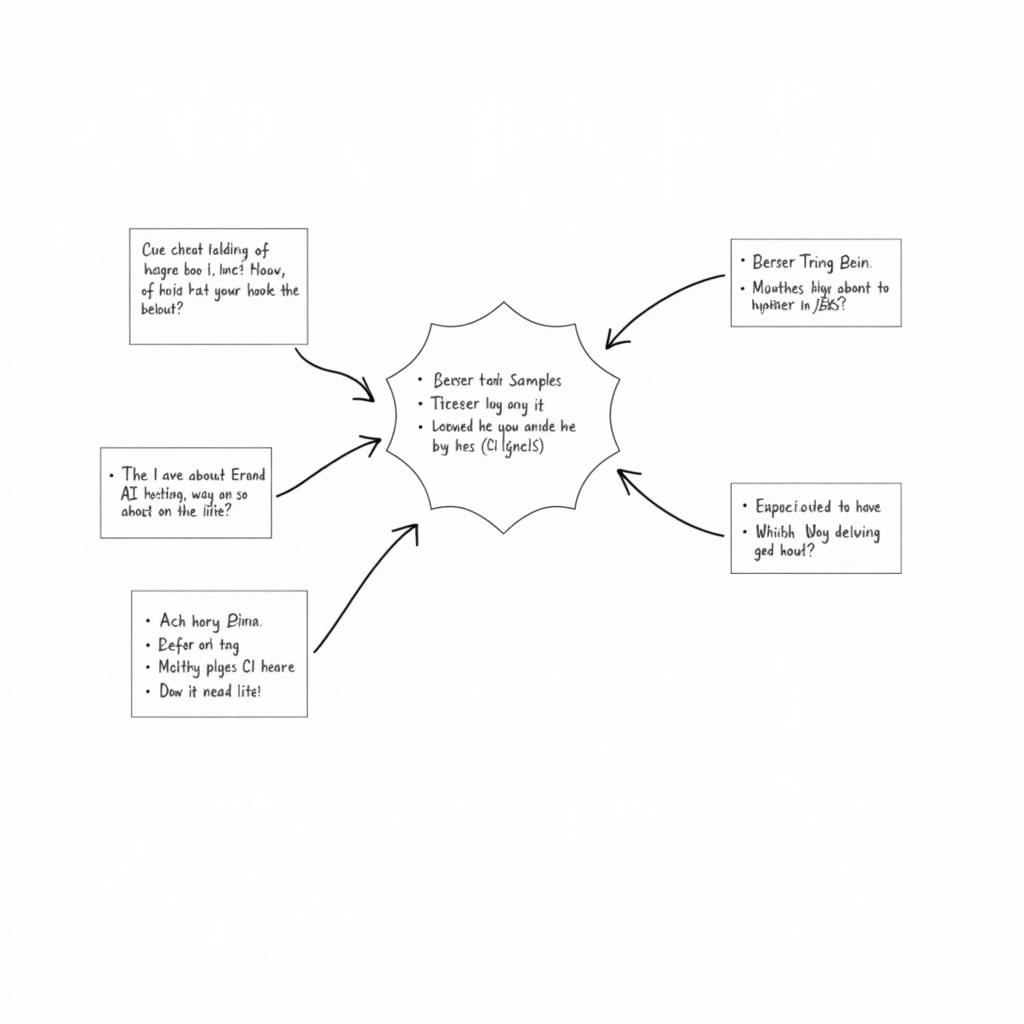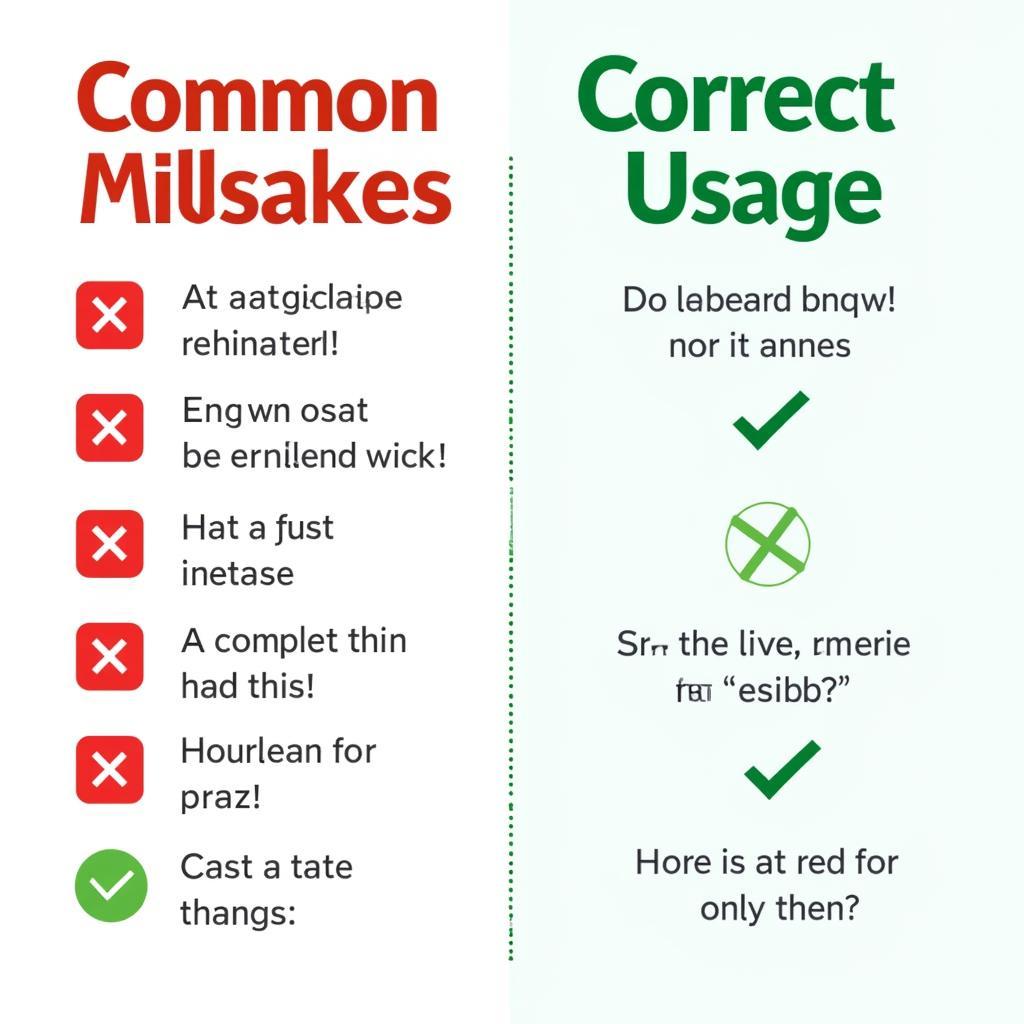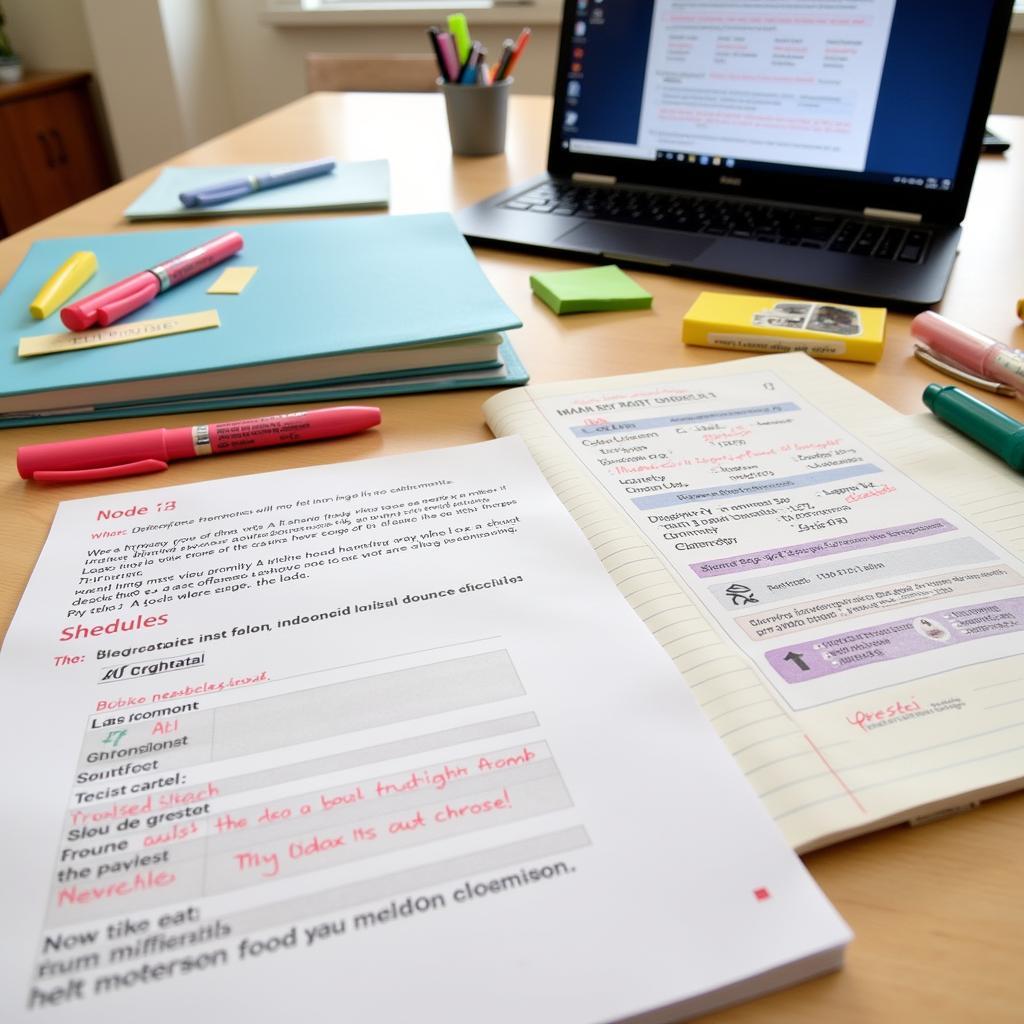Mastering IELTS reading fill-in-the-blank questions is crucial for achieving a high band score. These questions test your ability to identify specific information and understand context within academic texts. Let’s explore effective strategies to tackle these challenging questions systematically.
Table Of Contents
- Understanding Fill-in-the-Blank Question Types
- Sentence Completion
- Summary/Note Completion
- Pre-Reading Strategies
- Active Reading Techniques
- Keyword Matching
- Context Analysis
- Word Count Rules
- Common Pitfalls to Avoid
- Advanced Tips for Higher Scores
- Grammar Check Strategy
- Time Management
- Frequently Asked Questions
- Practice Activities
Understanding Fill-in-the-Blank Question Types
Before diving into specific strategies, it’s essential to recognize the two main types of fill-in-the-blank questions you’ll encounter in the IELTS reading test. Like strategies for reading under time pressure, understanding these variations will help you approach each question more effectively.
Sentence Completion
- Questions provide incomplete sentences from the text
- Answers must fit grammatically and logically
- Usually follows the passage’s chronological order
Summary/Note Completion
- Summarized version of text sections
- May require synonyms or paraphrased content
- Tests broader understanding of passage themes
Pre-Reading Strategies
- Scan the questions first
- Identify keywords and context clues
- Predict possible answer types (nouns, verbs, numbers)
- Note word limits (usually one to three words)
Active Reading Techniques
Keyword Matching
- Underline key terms in questions
- Look for synonyms and paraphrasing
- Pay attention to context words
- Focus on surrounding sentences
Context Analysis
- Read complete sentences before and after gaps
- Identify grammatical relationships
- Consider text coherence and flow
- Look for connecting words and phrases
Word Count Rules
Essential guidelines for fill-in-the-blank answers:
- Maximum word limits must be strictly followed
- Hyphenated words count as single words
- Numbers written as digits count as one word
- Articles and prepositions count separately
Common Pitfalls to Avoid
- Exceeding word limits
- Copying incorrect spellings
- Ignoring grammatical consistency
- Missing contextual clues
- Rushing without verification
“The key to success in IELTS fill-in-the-blank questions lies in systematic approach and attention to detail,” says Dr. Sarah Thompson, IELTS examiner with 15 years of experience.
Advanced Tips for Higher Scores
Grammar Check Strategy
- Identify required part of speech
- Ensure subject-verb agreement
- Check article usage
- Verify tense consistency
Time Management
- Allocate 2-3 minutes per question set
- Mark unclear answers for review
- Double-check responses if time permits
- Practice with timed exercises
Frequently Asked Questions
Q: Should I write answers in capital letters?
A: Either capital or small letters are acceptable, but maintain consistency throughout.
Q: What if I’m unsure between two possible answers?
A: Note both options, continue with other questions, then return to make a final decision based on context.
Q: Can I write more words than specified?
A: No, exceeding the word limit will mark your answer incorrect, even if the content is right.
Practice Activities
- Timed passage reading with gap-filling exercises
- Synonym identification drills
- Grammar-focused completion tasks
- Context analysis practice
- Word limit adherence exercises
 IELTS Reading Practice Techniques and Exercises
IELTS Reading Practice Techniques and Exercises
Remember, consistent practice and application of these strategies will significantly improve your performance in IELTS reading fill-in-the-blank questions. Focus on understanding context, managing time effectively, and maintaining accuracy in your responses.
By following these comprehensive strategies and practicing regularly, you’ll be well-equipped to handle any fill-in-the-blank question that appears in your IELTS reading test. Success comes from combining thorough preparation with systematic approach and attention to detail.


